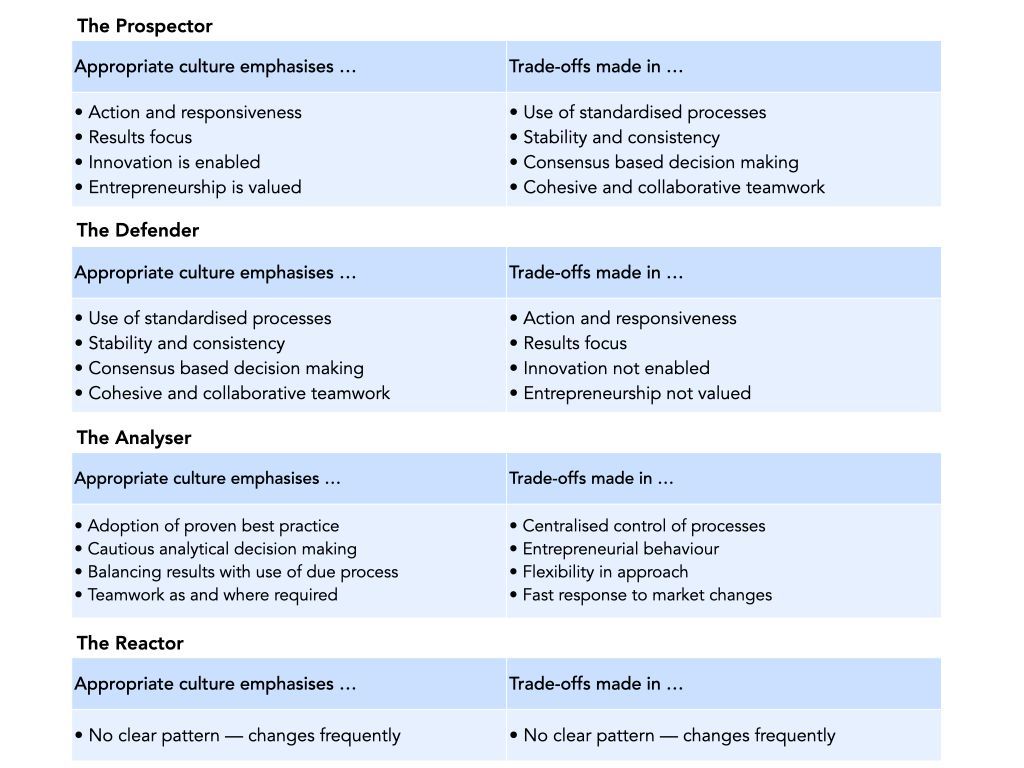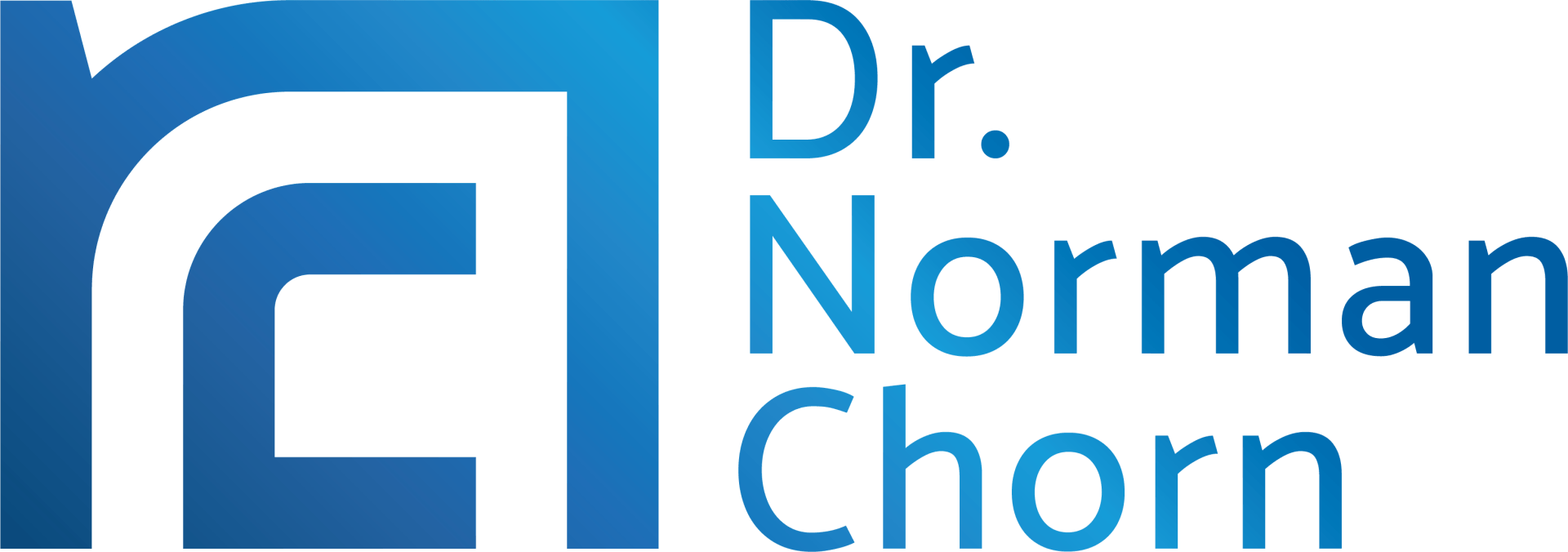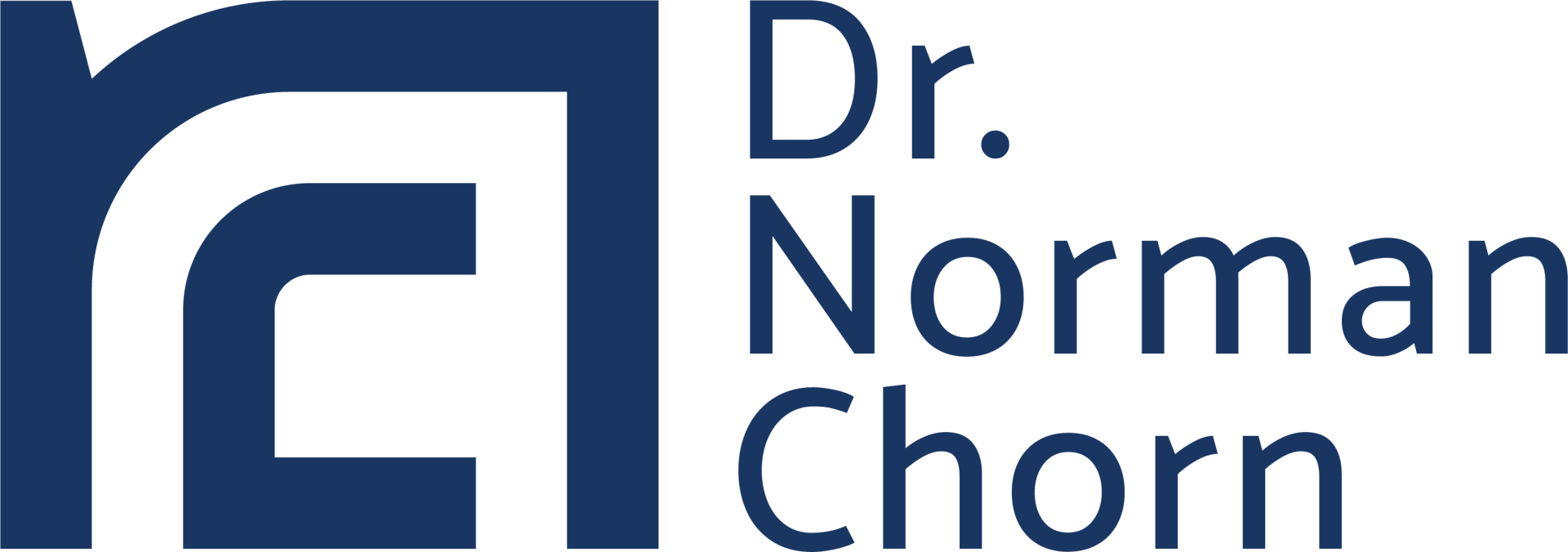In my previous article "Accelerate Performance with Strategic Alignment - Define the logic of your strategy", we demonstrated the alignment between the market and business strategy by matching the logic of the market with the logic of the strategy.
The Explore logic emphasises a market where customers seek new solutions for emerging requirements. The strategy responds by exploring new opportunities and driving for growth.
The Exploit logic occurs in a more stable market where customers seek lower costs and reliability of supply. The appropriate strategy focuses on operational efficiency and building close customer relationships.
Culture is key to shaping the capabilities of the business to successfully implement strategy. It drives the way that people behave, decisions are made and actions are taken. It determines, therefore, the strategy that is actually realised in the market, as opposed to that which is merely intended.
We make a key distinction between the desired culture and the appropriate culture. The desired culture is what people may choose because it sounds attractive and in vogue. However, the appropriate culture is the culture that is required to successfully implement the chosen strategy. Often, these can be different.
For example, people might seek to develop a culture that is ‘innovative’, ‘flexible’ and ‘empowering’, but this may not be the appropriate culture needed to successfully implement the business strategy.
DEVELOP THE APPROPRIATE CULTURE FOR YOUR STRATEGY
Developing the appropriate culture requires a deliberate emphasis on certain cultural attributes and making trade-offs on others. As we will see, the attributes that are traded off are usually the opposites of those that are emphasised.

DEVELOPING THE APPROPRIATE CULTURE REQUIRES FOCUS AND TRADEOFF
The focus and consequential trade-offs may be clearly seen in the following graphics:
Prospector, Defender and Analyser

As we can see, the Prospector and Defender make clear trade-offs in their culture to achieve the necessary focus.
The Analyser adopts a portfolio approach and so trades off the ability to manage in a consistent way across the organisation.

The Reactor, on the other hand, achieves no clear focus as it frequently changes its strategy and needs a different culture (ie different patterns of behaviour) on each occasion. Consequently, no clear pattern emerges, and the business achieves little success.
ALIGNMENT IS THE KEY TO BETTER PERFORMANCE
In each case we see that the culture must be appropriate for the strategy in order to achieve successful implementation.
The focus that is required may mean that the business must make some trade-offs in certain cultural attributes in order be effective. The failure to do so generally results in a ‘balanced’ culture that attempts to achieve action, innovation, consistency, and consultation. Sadly, this produces internal cultural conflict and often results in key aspects of the strategy not being implemented.
This is the cultural equivalent of the marketing maxim that you ‘cannot be all things to all people’. At the end of the day, the strategy and culture need to be focused to emphasise those characteristics and attributes that meet the needs of the market.
About Norman
Dr Norman Chorn is a highly experienced business strategist helping leaders build highly successful and resilient organisations. Well known to many as the ‘business doctor’!
By integrating the principles of neuroscience with strategy and economics Norman achieves innovative approaches to achieve peak performance within organisations.
Subscribe to our regular articles, insights and thought leadership




